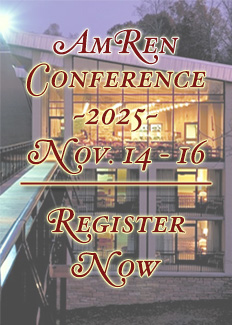Medical Schools’ Race Bar
Retha Grobbelaar, Times Live (Johannesburg), May 19, 2011
The 18-year-old, who matriculated at Pretoria’s Afrikaanse Hoër Meisieskool, is still determined to become a doctor, despite her applications being rejected by the universities of Pretoria, Stellenbosch and the Free State.
Lubbe is one of many white matriculants who battle to gain acceptance to medical schools, where race still plays a large role.
Now, Lubbe and others like her are studying towards other degrees to try to increase their chances of acceptance by medical schools later during their studies.
Louise van Immerzeel, 24, a third-year medical student at Wits University, completed a BSc degree before being accepted.
“I can’t explain how hard it is to get in. I have lots of people in my class with a master’s degree. There are people with PhDs that didn’t get in,” she said.
Medical school admission policies extend from a strict, race-based system in use by the University of Cape Town (UCT) to a “definite effort. to accommodate candidates from a disadvantaged academic background” at Free State University.
UCT is clear about its racial selection criteria, by which black students need to obtain 534 out of 900 points, whereas white and Indian candidates have to achieve 700 out of 900 marks to make their “admission probable”.
The university’s website also says that coloured pupils have to score 578 points and Chinese 660.
UCT vice-chancellor Max Price said one of the reasons for the rigid policy was the education system, which is “a mess”.
“The unfairness happens in schools and not in universities. These black students overcome enormous odds.
“They don’t have the internet and parents helping them with homework, and they have very poor teachers.
“After all that, to get 60% you have to be close to a genius and highly motivated,” said Price.
“Most white students who get 80% in matric have been to private schools or attended formerly model C schools and have educated parents who can help them with their homework. They have all those advantages that enable them to do well.”
Price, who admitted that he was generalising, added: “The playing field is not level. To look only at marks would be unfair to disadvantaged students.”
Price said the only equitable way of selection was to evaluate disadvantaged students against each other and not against those of other races. He said it did not matter whether the prospective black students came from a private school because their parents were not as well educated as those of their white counterparts.
Price said his university was “researching” other ways of selecting students that did not rely largely on race.
But at Walter Sisulu University’s medical school, in Mthatha, Eastern Cape, officials are battling to find enough white students.
The admission policy stipulates that of the first-year intake, 75% of students, has to be black, 15% Indian, 5% Coloured or white, and 5% from Lesotho.
The executive dean of the faculty of health sciences, Professor Khaya Mfenyana said: “We are struggling to get whites and coloureds and this is why we only have 5% for them. On the other hand we have too many Indians applying.”
Lubbe said being rejected, even after scoring seven distinctions, was difficult. She is now studying for a BSc degree in biological sciences and has applied for a place at a medical school at the end of the first semester.
“I really hope I get in. If I get in, it’s a dream. If I don’t make it, I’ll try again,” she said.
















